A Razor-Inspired Fixed Blade Knife That Pays Homage to an Innovator
There are not many fixed-blade razors. We’ll get into why that is in a bit. But the CRKT Razel comes really close. While this isn’t a knife I’d want to shave with, it is a razor-inspired fixed blade that holds really close to the old-school face-shaving tools that inspired the design.
And it’s a chisel, too. Don’t let that confuse you. And don’t forget it, either, if you do try to use the Razel as a shaving tool. Get this in some tight spaces, and that chisel edge on the front of the blade will do some damage.
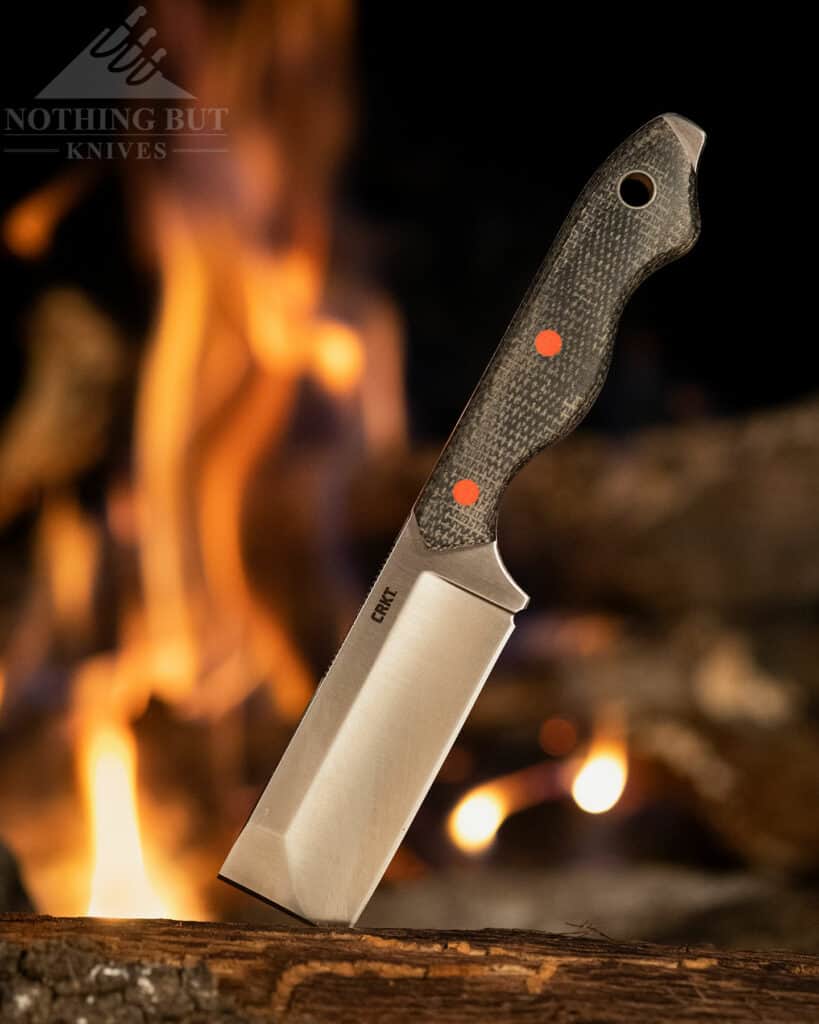
CRKT picked up this design from Jon Graham, a mechanic from Tennessee, who took his respect for knives as tools and built a new form of visually striking, hard working blades that cemented his place as a genuine innovator.
Graham passed in 2022, but CRKT is keeping his memory alive in their interpretation of his designs. And if you’re looking for a wild EDC fixed blade that is as distinctive as it is functional, this may be the knife for you.
Specifications
| Blade Length | 2.97″ (75.54 mm) |
| Blade Edge | Plain |
| Blade Steel | D2 |
| Blade Finish | Satin |
| Blade Thickness | 0.17″ (4.32 mm) |
| Weight | 4.20 oz. (119.07 g) |
| Handle | Resin Infused Fiber |
| Style | Fixed Blade Knife w/Sheath |
| Sheath Material | Thermoplastic |
| Sheath Weight | 1.20 oz. (34.02g) |
Pros
| The Razel is a small knife that punches above its weight |
| The chisel is a useful addition absent on most other designs |
| The handle feels nimble in the hand |
Cons
| The sheath on the Razel is great, but the clip could hold more tightly |
Is the Razel a Razor?
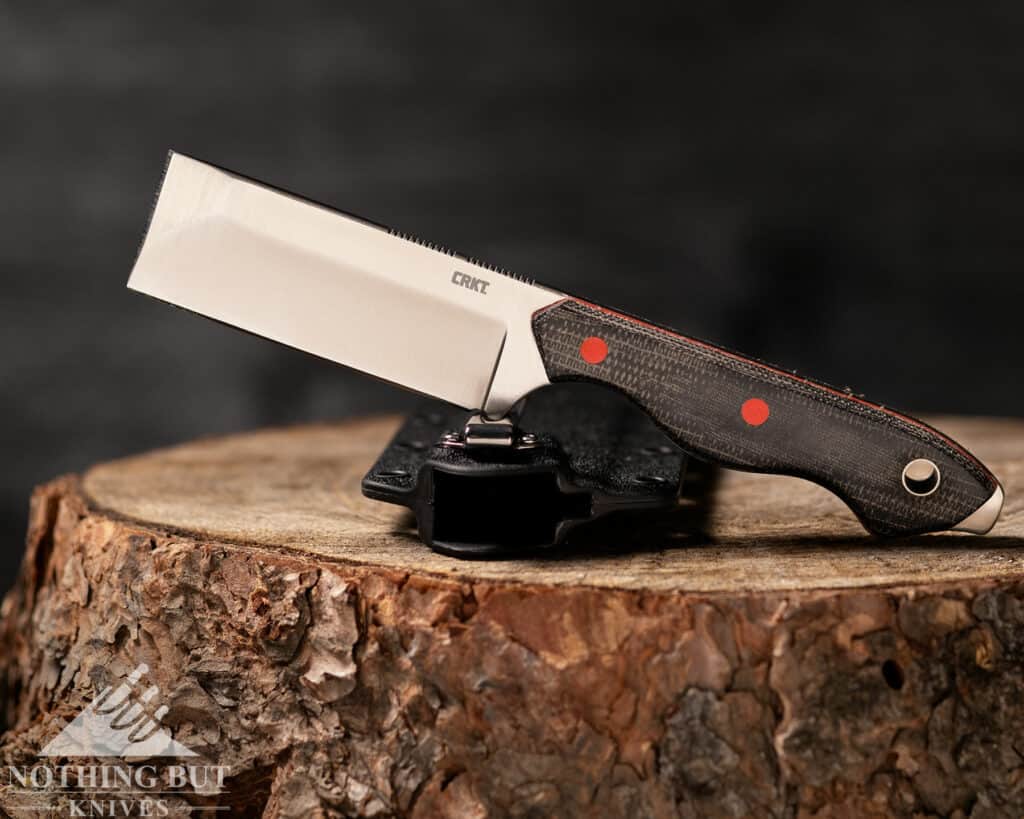
No. Razors typically have incredibly thin blades. Their hollow grinds have steep convex hollows that end abruptly on thick spines—all of which makes stopping them much easier as that spine acts as an angle guide for the edge.
The Razel, though, has the look down. The blade is thick by pocketknife standards, and is decently thick for a fixed blade. It has the robust feel that gives it weight and balance in the hand—something that’s completely absent from a razor.
And the long flat cutting edge with its deep hollow grind is great for slicing.
Is it a Chisel?
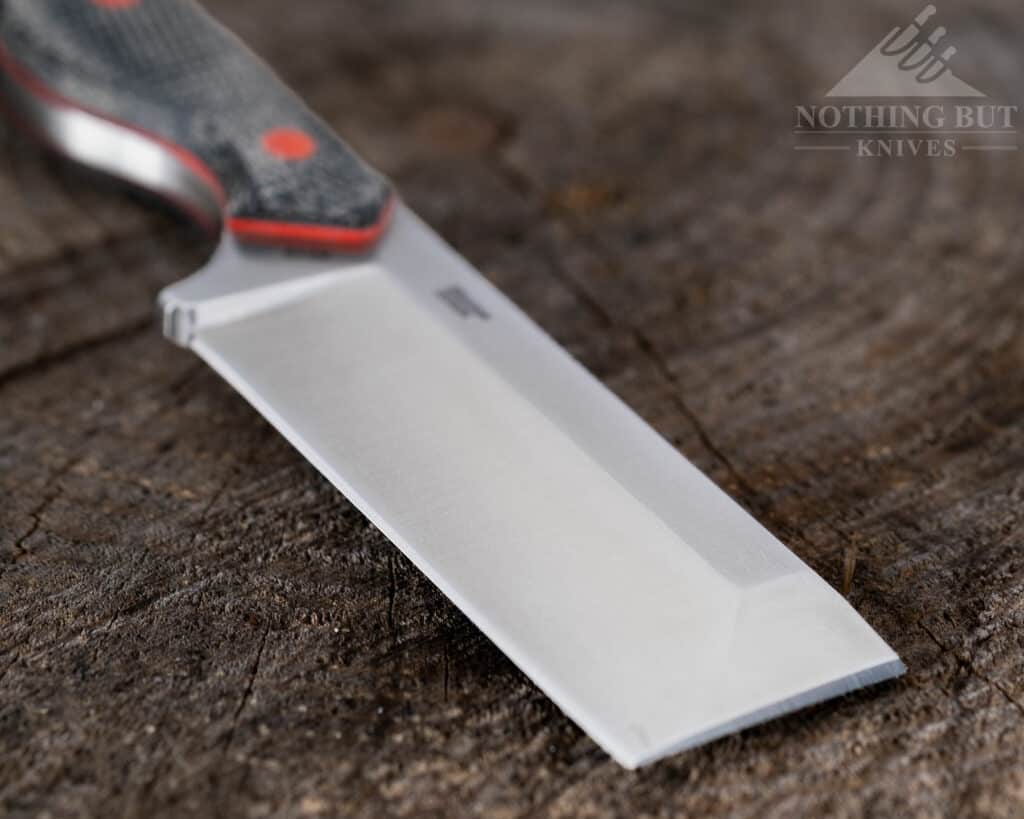
Most chisels have a single bevel. This one has four. And, as chisels go, the bevels are fascinating. Consider how chisels are uniform in their width all the way to the bevel that becomes the cutting edge. The Razel is thicker near the spine, and hollow ground, so the edge has a varying degree of thickness as it approaches the cutting edge. In the sharpened edge of the blade’s corner, the chisel has a super thin edge.
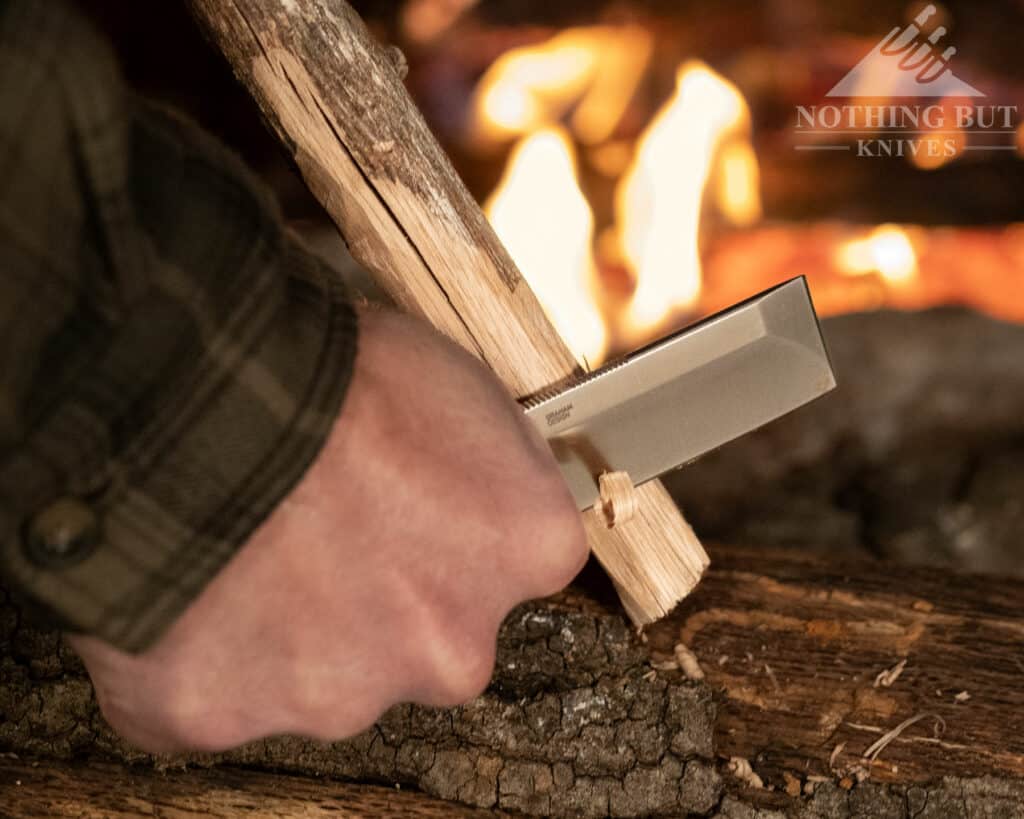
And this profile is mirrored on both sides of the blade. In effect, this can act like a chisel. The blade has a right angle. But it doesn’t cut with the same fluidity of motion that a chisel does. And the mass behind the edge (more at the spine, less at the edge) means that the knife will move through wood in a way that a typical chisel might not.
So the chisel isn’t a chisel. The Razel isn’t pretending that it is. This is a second cutting edge, and one that is highly effective, and one inspired by a chisel. It is both a chisel homage and a razor homage all wrapped up for more utilitarian purposes.
The handle on the Razel
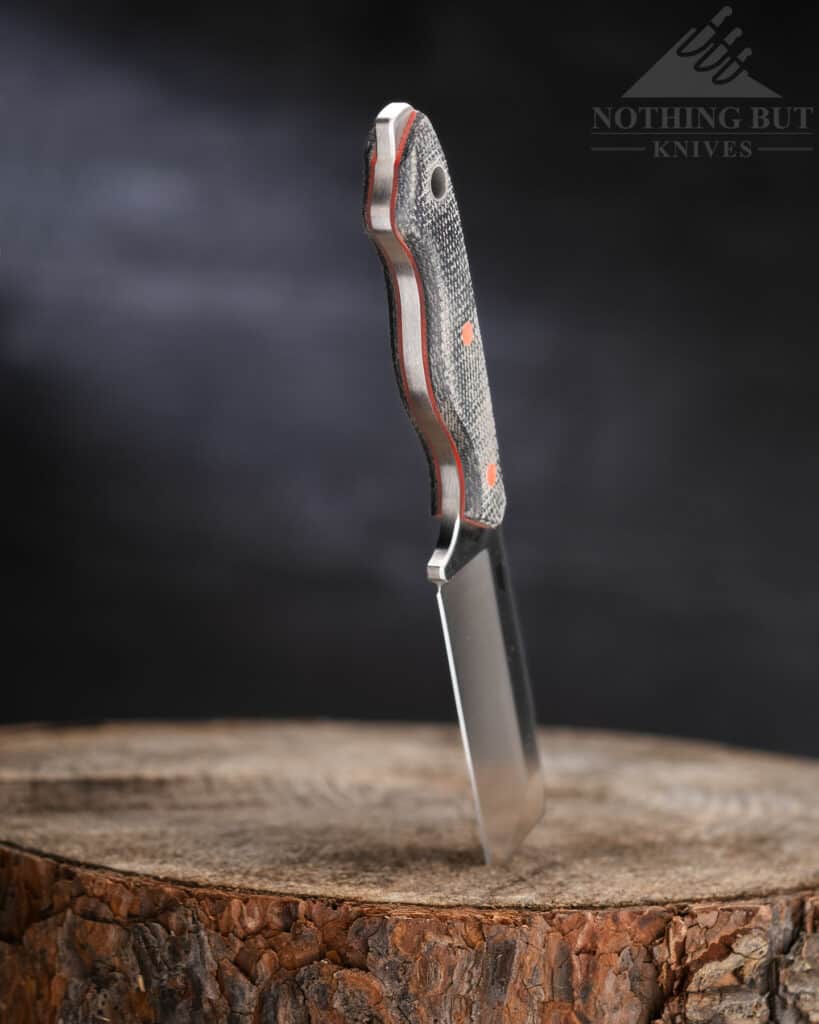
Utilitarian, yes, but aesthetically compelling, too. The handle appears to be a denim micarta—or something close, lined with red spacers. In the resin, there is clearly a fabric showing through, but it is sanded—maybe to a 400 grit finish—before the buffing wheel.
At the butt end, the full-tang extends beyond the handle scales, providing a small striking surface. It is far from a hammer, but still useful. Between the blade and the butt are some curves that would’ve made Marilyn Monroe jealous.
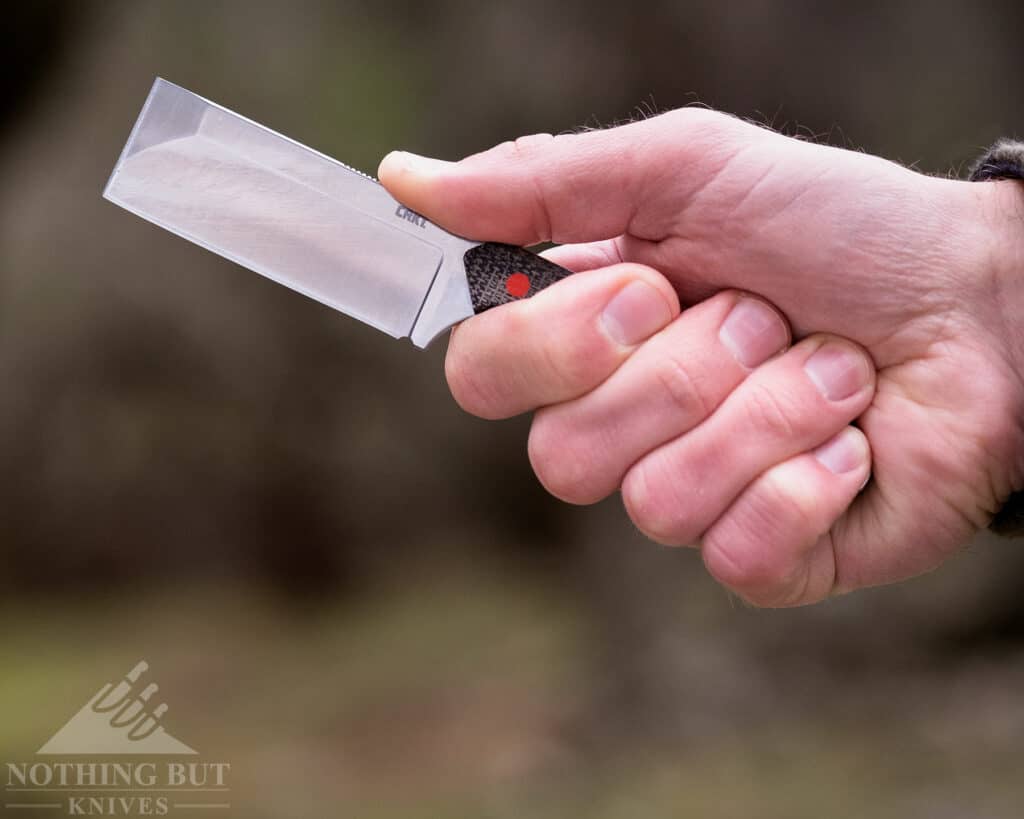
The look, here, again is iconic. The micarta has an exceptional feel, but would look rather pedestrian without the liners. That little bit of bling can really dress up the way a knife looks.
Sheaths make or break a knife design
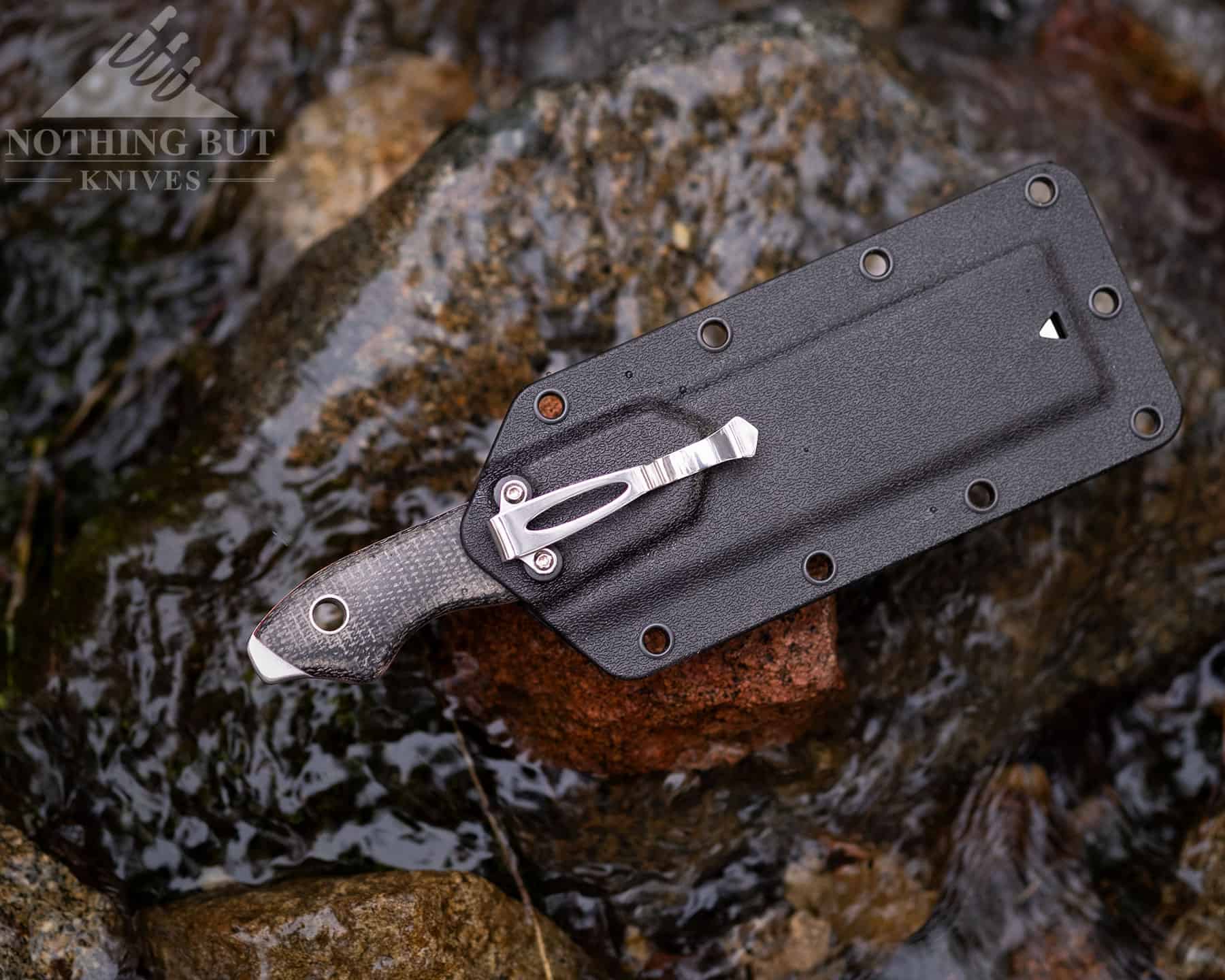
The EDC fixed blade is a tool that spends 99.9% of its life in a sheath. Many leather sheaths conform to the pocket a bit and hold firm while sticking, a bit, because of the friction between leather and fabric.
Kydex, on the other hand, can be slick and rigid. The sheath on this Razel is rigid and formed so that it snaps closed around the handle in a way that holds the knife securely in place. So far, so good. Great, even, as getting the knife in and out is intuitive, predictable, and easy—three things that I can’t say for all sheaths.
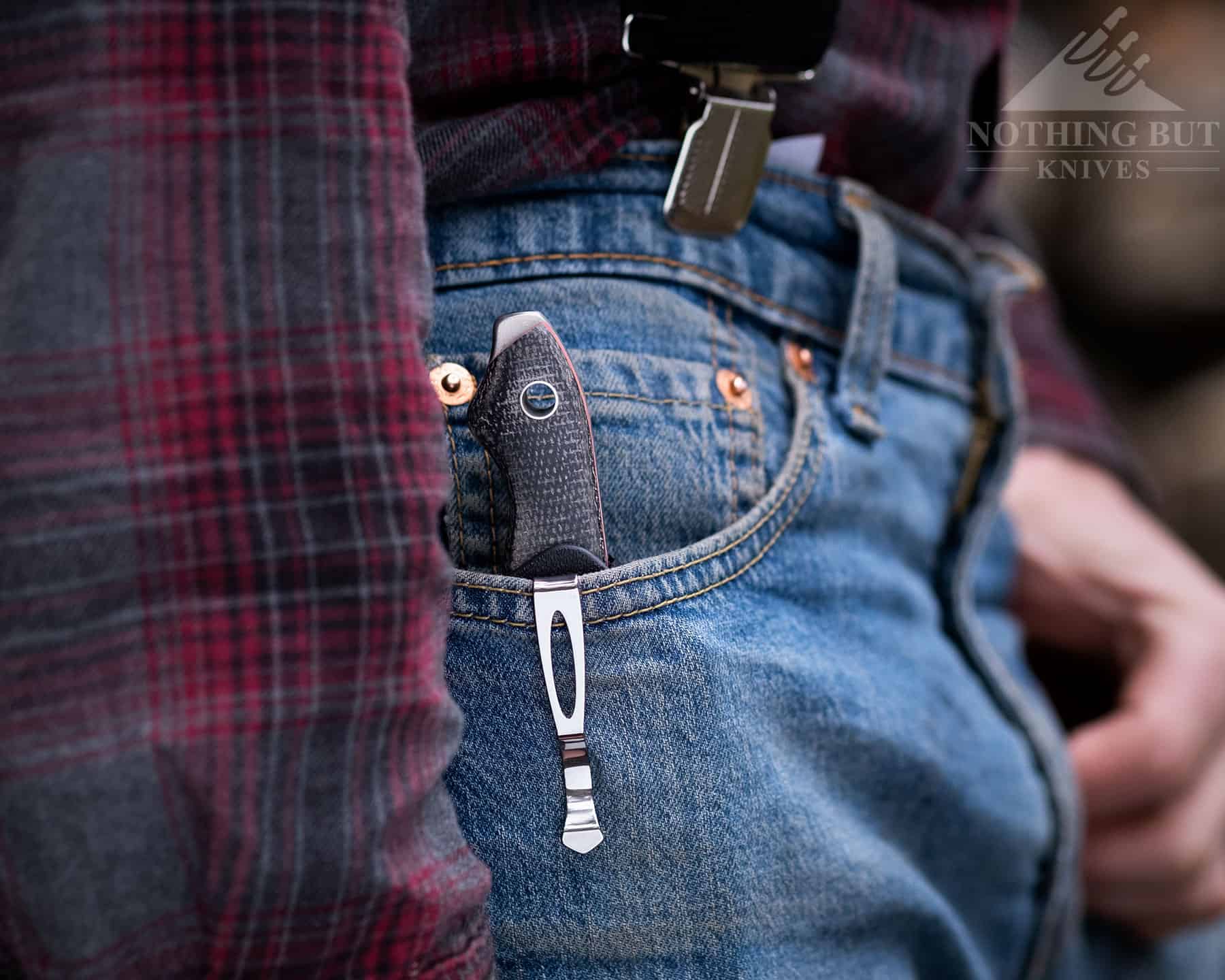
But the clip isn’t ideal. The stainless design has positive spring pressure, but not quite enough to really grab and hold the sheath in a pocket as you pull. Even when I was wearing jeans with a wide seam, the sheath would pop free from my pocket as I tried to pull the knife.
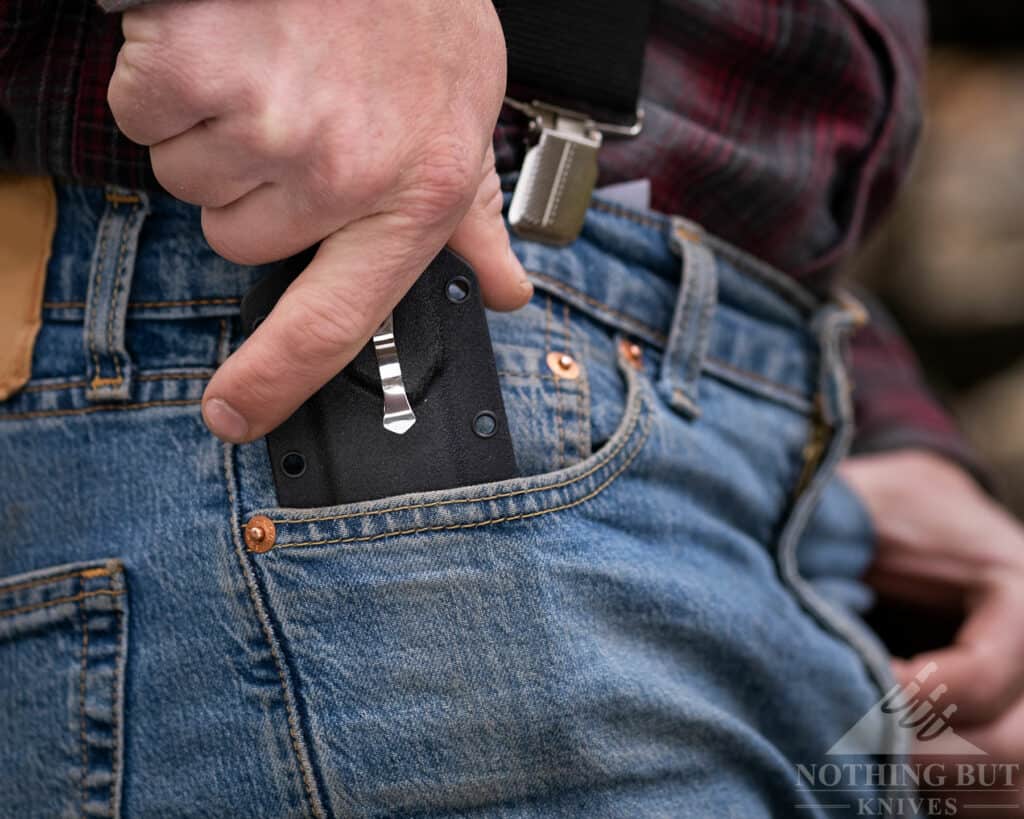
The issue, as I see it, is in the way the clip bends back in toward the sheath. There’s a graceful curve to the steel where it comes back into contact with the sheath itself. Like many pocketknife clips, this one is designed to release smoothly, but the clip needs to stay in place—more like a holster—and would benefit from a sharp angle or an undercut J shape rather than the smooth bump that’s here.
If you are wearing it in-waist-band, the clip will fit well over a narrow belt and provide more bite. In practical usage, I had to pull the knife in its sheath out, then take off the sheath—making this a two-handed design.
This doesn’t prevent the Razel from working as an EDC design, but it would add a step between the draw and any immediate needs and this may well be a concern for those looking for an EDC blade that can handle self-defense as well as it handles opening boxes.
Razel
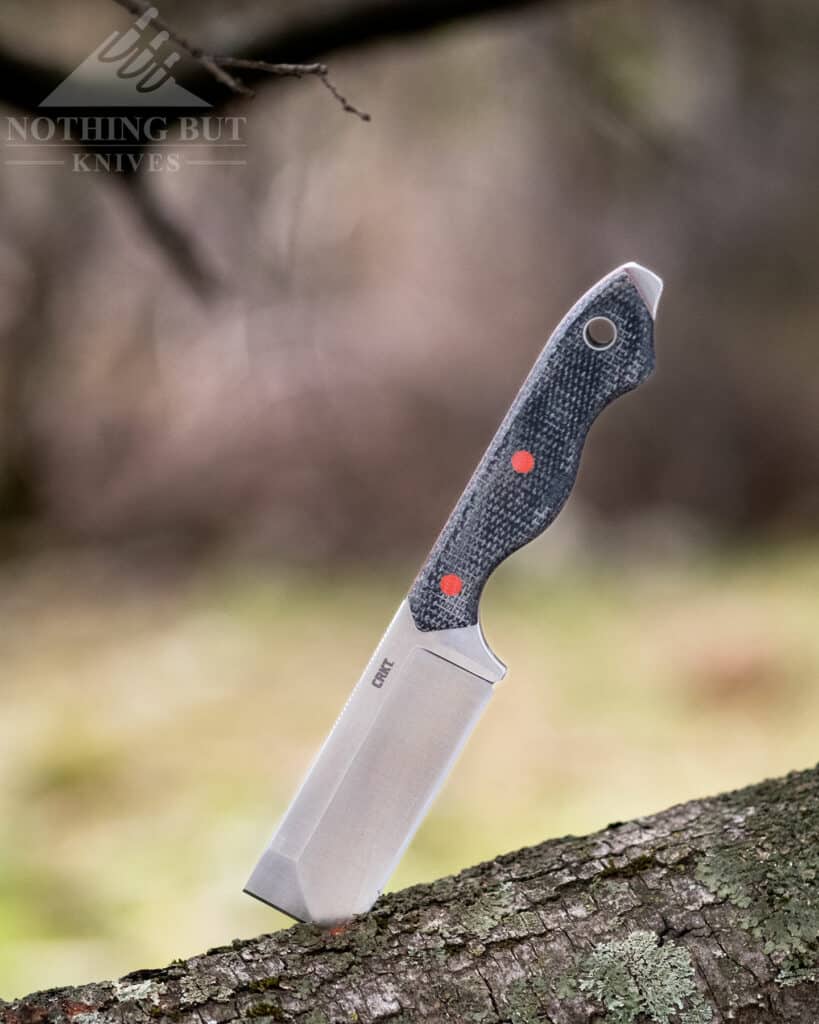
Is two handed bad? Hardly. Many of the folders I carry daily still require two hands to open. The added step, both in the opening and closing, simply slows it down a touch. Nothing more.
And there is a fix. The Razel’s sheath has many holes. While these could be used for the addition of an aftermarket clip, they might also be used to attach a tether that could loop around a belt or belt loop. That way, when you draw the knife, the sheath will come out only as far as the tether before the knife pops free.
The Razel has infinite potential. One of the first additions I’d make to the sheath will be a new clip.
If you are looking for a more conventioal fixed blade pocket knife, check out the Boker Barlow Burnely.
